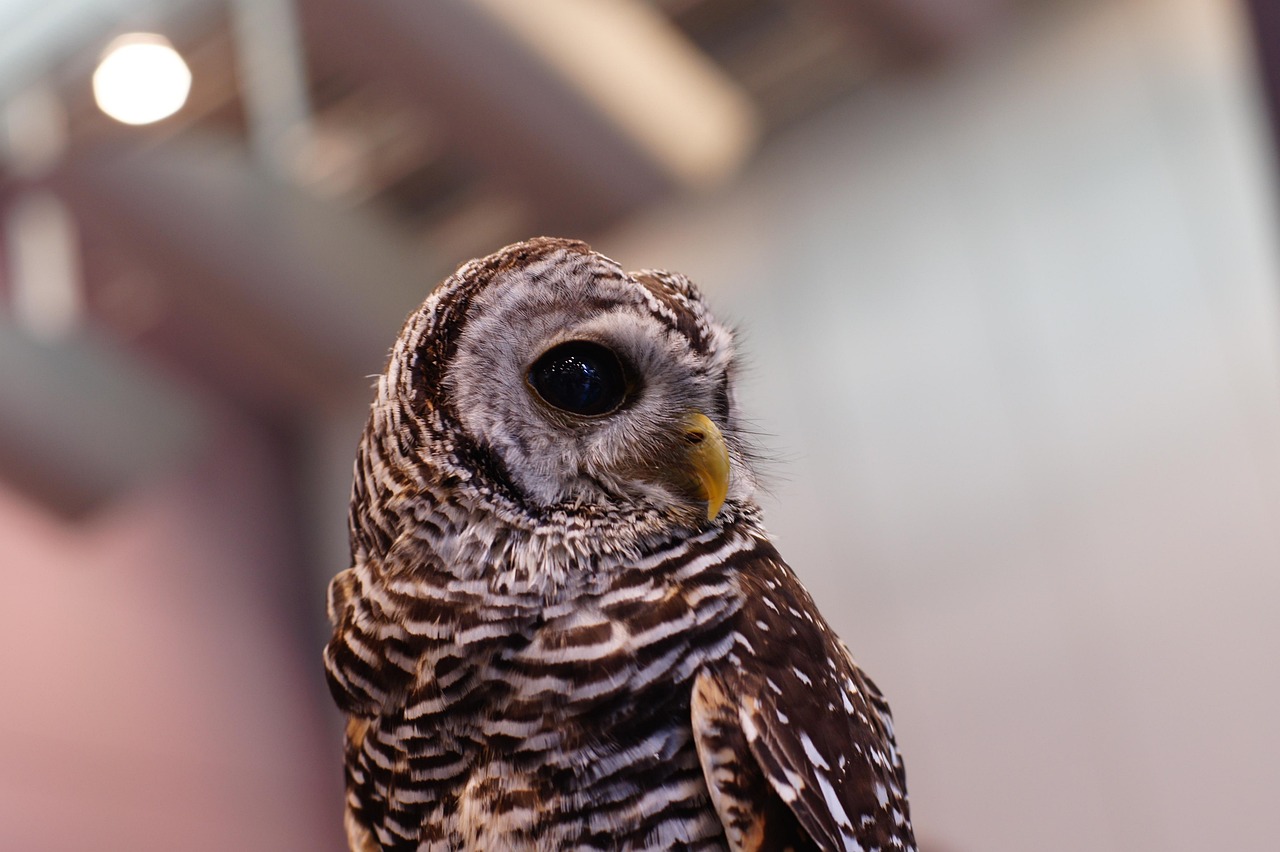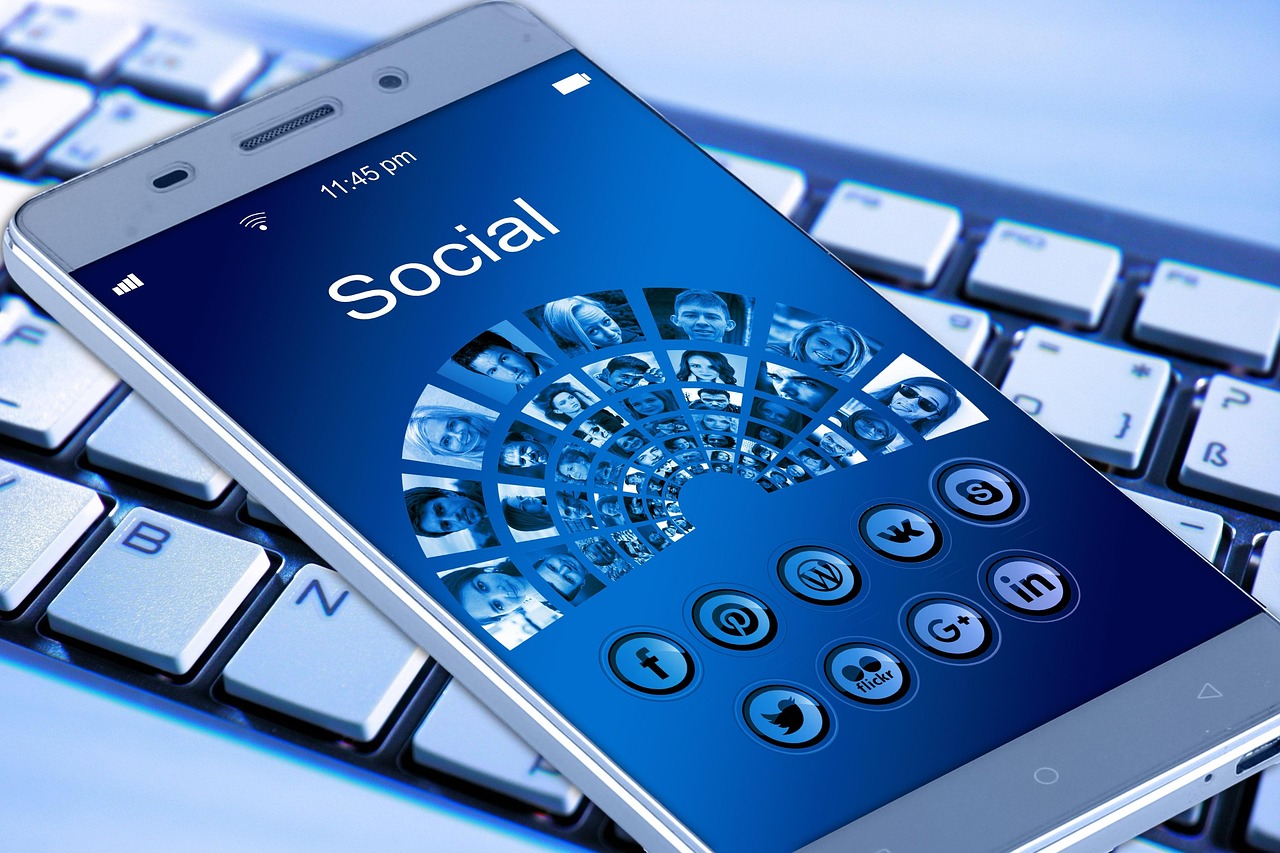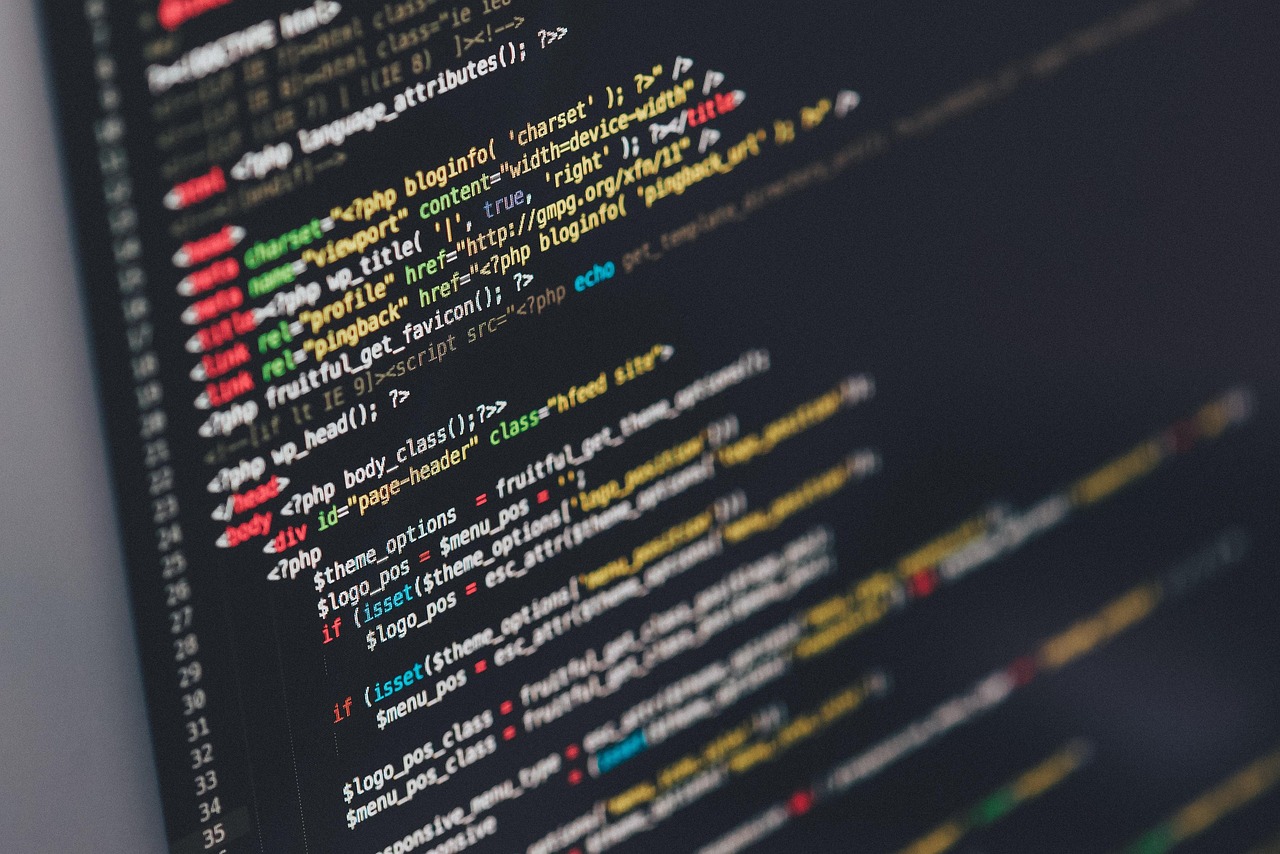Mintable Lists Tokenized Tokens for Physical Goods

In the evolving landscape of blockchain technology, the intersection of non-fungible tokens (NFTs) and physical goods is garnering significant attention. Mintable, a prominent NFT marketplace platform, is pioneering efforts in this domain by facilitating the tokenization of physical assets. This initiative aims to bridge the digital and physical worlds, offering new pathways for ownership verification and asset management.
Mintable’s platform allows users to mint NFTs that represent ownership of tangible items, such as art, collectibles, and luxury goods. Unlike traditional NFTs, which are typically tied to digital assets, these tokenized tokens provide a digital certificate of authenticity and ownership for physical objects. This process leverages blockchain’s immutable ledger to ensure transparency and security, addressing historical challenges associated with provenance and counterfeit goods.
The concept of tokenizing tangible assets is not entirely new; however, Mintable’s approach integrates blockchain technology with physical goods in a seamless manner. This development is part of a broader trend where industries are exploring blockchain’s potential beyond cryptocurrencies, recognizing its ability to solve real-world problems in various sectors.
Globally, the adoption of tokenized assets is gaining momentum. For instance:
- Art and Collectibles: Galleries and auction houses are increasingly utilizing NFTs to ensure the authenticity and traceability of high-value art pieces.
- Luxury Goods: Major brands are exploring blockchain to combat counterfeiting and provide consumers with verified information about product origin and ownership.
- Real Estate: Tokenization is being used to facilitate fractional ownership, making real estate investment more accessible to a broader audience.
Mintable’s platform supports the creation and exchange of NFTs on the Ethereum blockchain, a widely adopted network known for its robust smart contract capabilities. These smart contracts enable the automatic execution of transactions and agreements, reducing the need for intermediaries and enhancing transaction efficiency. By utilizing Ethereum’s infrastructure, Mintable ensures that each tokenized asset is backed by a reliable and widely trusted blockchain system.
However, the tokenization of physical goods is not without challenges. The integration of physical and digital asset management requires thorough verification processes and robust mechanisms to ensure that the physical item is inextricably linked to its digital counterpart. Additionally, regulatory considerations must be addressed, as the legal frameworks surrounding digital assets and physical goods vary across jurisdictions.
Despite these challenges, the potential benefits are substantial. Tokenized assets can democratize access to investment opportunities, enhance supply chain transparency, and provide a new level of security for asset ownership. As the technology matures, it is expected that more industries will explore and adopt tokenization, further blurring the lines between the physical and digital realms.
In conclusion, Mintable’s initiative to list tokenized tokens for physical goods marks a significant milestone in the evolution of NFTs. By leveraging blockchain technology, the platform is addressing key issues related to ownership verification and counterfeit prevention, while opening new possibilities for how we perceive and interact with physical assets. As the world continues to embrace digital transformation, the tokenization of physical goods represents a forward-looking step towards a more interconnected and transparent global economy.















